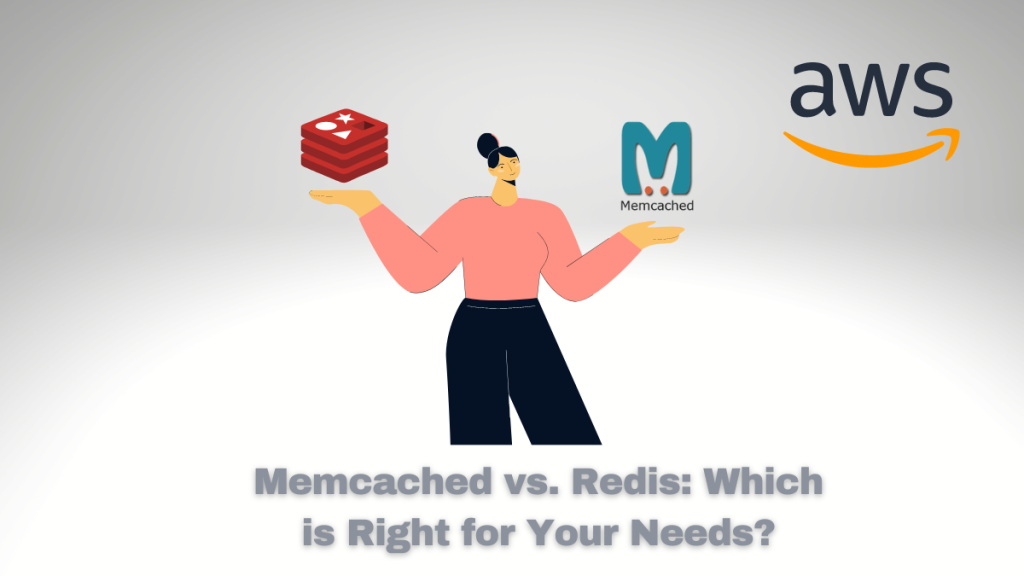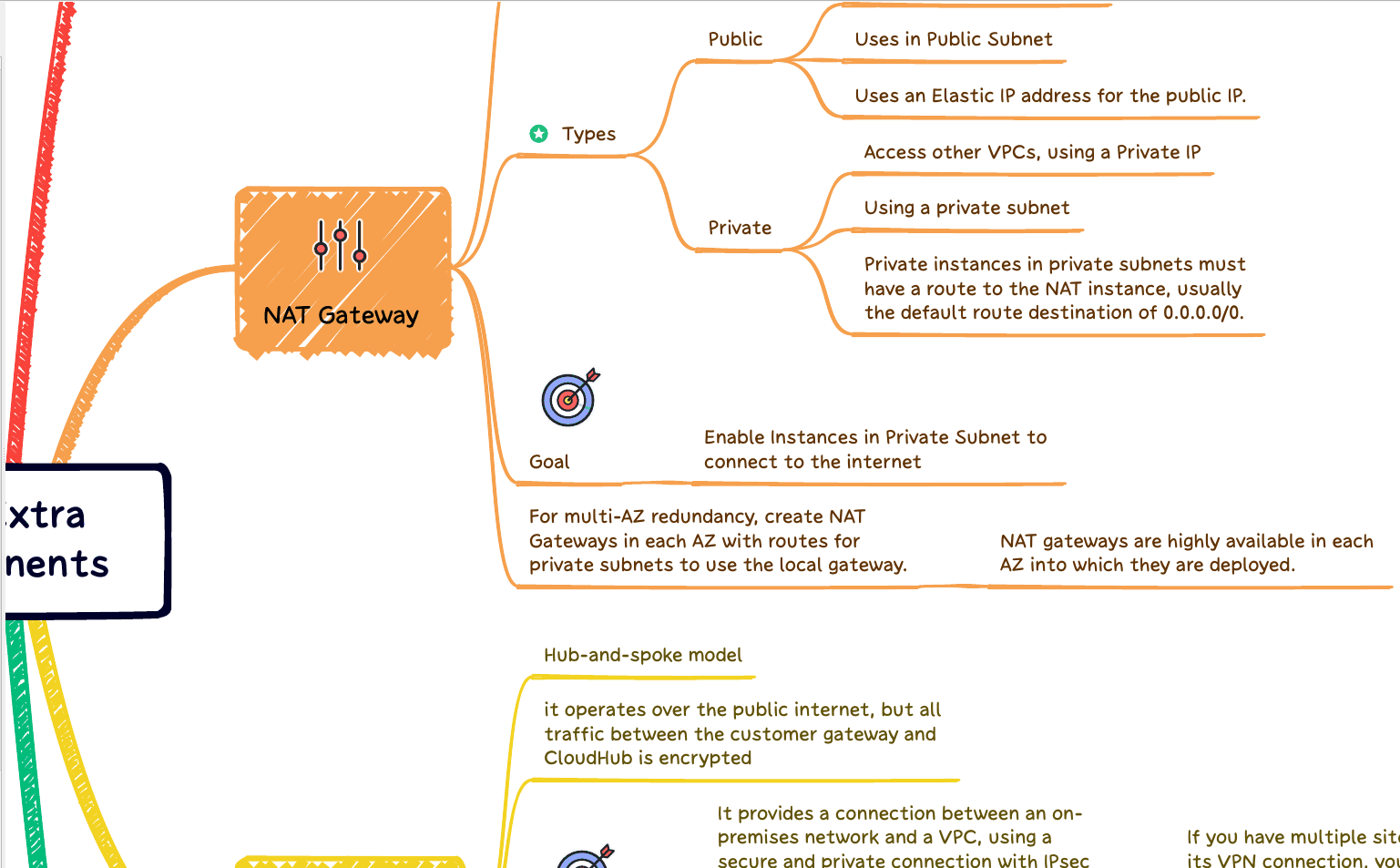If you’re looking for a high-performance, in-memory data caching solution for your AWS infrastructure, you have two primary options: Memcached and Redis. These technologies offer fast, scalable caching solutions that can help improve your applications’ performance and responsiveness.
However, some critical differences may make one a better fit for your specific needs. In this blog post, we’ll take a closer look at Memcached vs. Redis on AWS ElasticCache, and help you determine the right choice for your use case.
In-Memory Applications
Amazon uses Redis to cache product information and user session data. This helps Amazon improve its website’s performance and make it more responsive for its users.
Twitter uses Memcached to cache tweets and user profiles. This helps Twitter to scale its service to handle the large number of tweets that are sent every day.
Facebook uses Redis to cache user data, such as friends lists and profile information. This helps Facebook improve its website’s performance and make it more responsive for its users.
Netflix uses Memcached to cache movie and TV show information. This helps Netflix improve its website’s performance and make it more responsive for its users.
Google uses Redis to cache search results and other frequently accessed data. This helps Google improve its search engine’s performance and make it more responsive for its users.
What is Memcached?
Brad Fitzpatrick originally developed Memcached at LiveJournal. Memcached was created to help LiveJournal scale handle the many users it was receiving.
Memcached is a distributed, in-memory caching system designed to speed up dynamic web applications by reducing database load. It stores data in RAM, making it much faster than reading from a disk. Memcached was initially developed for LiveJournal in 2003 but has since become a popular open-source tool widely used for web caching.
One of the critical features of Memcached is its simplicity. It is easy to set up and use and can be integrated with various programming languages and frameworks. It also supports a variety of caching algorithms, including LRU (Least Recently Used) and LFU (Least Frequently Used), which can help to optimize cache performance.
What is Redis?
Redis is named after the programming language Lua. “Redis” is an acronym for “REmote DIctionary Server”. However, the name also references the Lua programming language, which Redis uses for scripting.
Redis is an in-memory data structure store used as a database, cache, and message broker. It is designed for high performance and low latency and can easily handle large data sets. Redis was first released in 2009 and has become one of the most popular NoSQL databases.
One of the critical features of Redis is its versatility. It supports many data structures, including strings, hashes, lists, and sorted sets. This makes it an excellent choice for various use cases, including caching, real-time analytics, and messaging.
Memcached vs. Redis: Key Differences
While both Memcached and Redis offer high-performance, in-memory caching solutions, some critical differences between the two may make one a better fit for your needs than the other. Let’s look closely at some key differences between Memcached and Redis on AWS ElasticCache.
Here is a table that summarizes the key differences between Memcached and Redis:
| Feature | Memcached | Redis |
|---|---|---|
| Data types | Strings, integers | Strings, integers, lists, sets, sorted sets, hashes |
| Operations | Get, set, delete, increment, decrement | Get, set, delete, append, prepend, increment, decrement, union, intersection, difference, sorted set operations |
| Persistence | No | Yes |
| Scalability | Horizontal | Horizontal and vertical |
| Management | Self-managed | Managed by AWS |
Data Structure Support
One of the critical differences between Memcached and Redis is the types of data structures they support. Memcached only supports simple key-value pairs, while Redis supports many data structures, including strings, hashes, lists, and sorted sets.
This makes Redis a more versatile solution that can be used for a broader range of use cases. For example, if you need to store and manipulate complex data structures, such as user profiles or product catalogs, Redis may better fit your needs.
Data Persistence
Another key difference between Memcached vs. Redis is how they handle data persistence. Memcached is designed to be a pure caching solution with no built-in support for data persistence. If a node fails or is restarted, all stored data in memory will be lost.
On the other hand, Redis offers different data persistence options, including snapshotting, append-only files, and more. This allows you to configure Redis to store data on disk periodically, ensuring your data is safe during a failure or restart.
Performance
Both Memcached and Redis offer high-performance caching solutions, but there are some differences in performance characteristics. Memcached is optimized for reads and can handle many requests with low latency. However, it is not as well-suited for write-heavy workloads.
On the other hand, Redis is optimized for both reads and writes and can handle many requests with low latency for both operations. This makes Redis a better fit for use cases that require a high degree of write performance, such as real-time analytics or messaging.
Scalability
Both Memcached and Redis are designed to be highly scalable and can be distributed across multiple nodes to handle large data sets and high-traffic loads. However, there are some differences in how they handle scaling.
Memcached uses a simple, decentralized architecture in which each node is responsible for a portion of the data set. This makes it easy to scale horizontally by adding additional nodes as needed. However, this can also lead to data fragmentation and hotspots, impacting performance.
Redis, on the other hand, uses a more centralized architecture with a single master node that is responsible for data writes and multiple replica nodes that handle reads. This allows for better data consistency and can help to prevent hotspots and fragmentation. However, it also means that Redis requires more careful planning and management to ensure high availability and reliability.
Ease of Use
Another essential factor to consider when comparing Memcached vs. Redis on AWS ElasticCache is the ease of use. Both technologies are designed to be easy to set up and use, but there are some differences in integration and management.
Memcached is a simpler technology with fewer configuration options, making setting up and integrating with existing applications easier. However, this simplicity can also limit its flexibility and customization options.
On the other hand, Redis offers more advanced features and configuration options but may require more expertise and management to get the most out of it. Additionally, Redis is not as widely supported as Memcached, making finding resources and support more challenging.
Cost
Finally, it’s essential to consider the cost of using Memcached vs. Redis on AWS ElasticCache. Both technologies are available as managed services on AWS, but there are some differences in pricing.
Memcached is generally less expensive than Redis, with lower hourly rates and no charges for data transfer. However, it may require more nodes to achieve the same level of performance as Redis, which can impact overall costs.
On the other hand, Redis has higher hourly rates and charges for data transfer but can achieve higher performance levels with fewer nodes, which can offset some of the additional costs.
Boost your AWS Skills
Download our free AWS Learning Kit today and start your journey to becoming a cloud expert!
AWS is the leading cloud computing platform and will only become more critical in the future. If you want to stay ahead of the curve and have a successful career in the cloud, then you need to learn AWS.
Our AWS Learning Kit is the perfect way to get started. It includes everything you need to know about AWS, from the basics to the advanced concepts. You’ll learn about all the different AWS services, how to use them, and how to build and deploy applications on AWS.
The AWS Learning Kit is free to download and is available now. So what are you waiting for? Start your journey to becoming a cloud expert today!
Here are just a few of the benefits of learning AWS:
- Increased job opportunities: The cloud computing industry is growing rapidly, and there is a high demand for skilled AWS professionals.
- Higher salaries: AWS professionals typically earn higher salaries than their non-AWS counterparts.
- More career advancement opportunities: Learning AWS can open up new career opportunities in cloud computing, such as cloud architect, cloud engineer, and cloud administrator.
- Access to the latest technologies: AWS constantly innovates and adds new features and services. By learning AWS, you’ll have access to the latest technologies and be able to stay ahead of the curve.
Don’t miss out on the opportunity to learn AWS and start your career in cloud computing. Download our free AWS Learning Kit today!
Conclusion
There is no one-size-fits-all answer when choosing between Memcached vs. Redis on AWS ElasticCache. Both technologies offer fast, scalable caching solutions that can help improve your applications’ performance and responsiveness. However, some critical differences between the two may make one a better fit for your specific needs.
If you need a simple, easy-to-use caching solution that can be integrated with a wide range of programming languages and frameworks, Memcached may be the best choice. However, if you need a more versatile solution that can handle complex data structures and high write loads, Redis may be the better option.
Ultimately, the best way to determine which technology suits your needs is to test them and see how they perform in your specific use case. By carefully evaluating the critical differences between Memcached vs. Redis on AWS ElasticCache, and testing them out in your environment, you can make an informed decision that will help optimize your applications’ performance and scalability.

